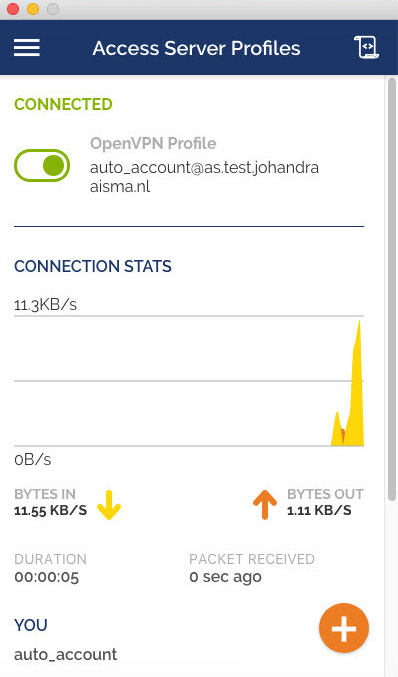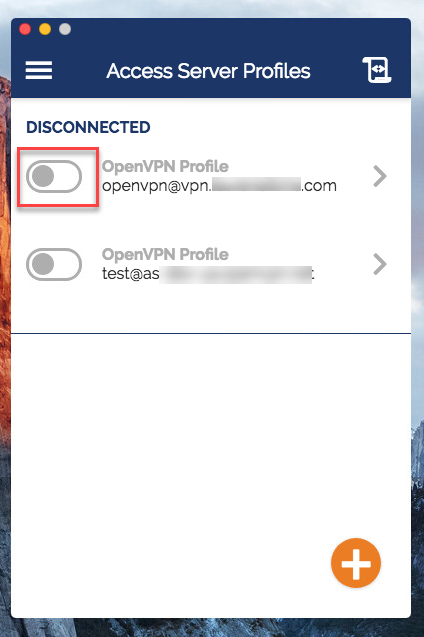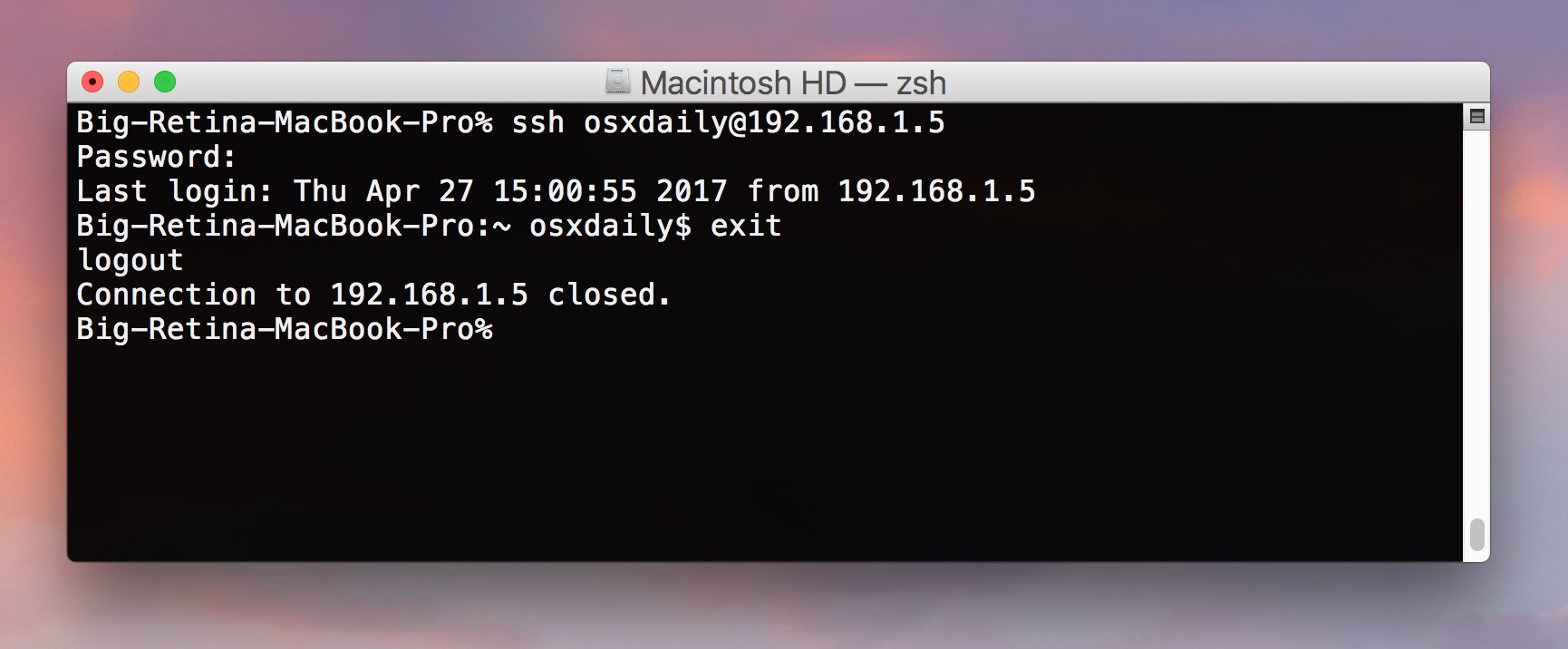

bg resumes suspended process and sends it to the background. This invokes elevation and in the same time connects to the desired VPN destination, but it does so in the foreground. Sudo openvpn -config /etc/openvpn/ US-East.ovpn Since sudo elevation that requires you to input your credentials and putting the process into the background in the same line doesn't work, this is the recommended connection method if you want to manually type in your username and password: var/log/syslog or /var/log/messages.Next, you need to connect using the current configuration file, and you'll be asked for our credentials. Some distributions will write OpenVPN logs to the syslog e.g. The diagnostic logging for the connection is available in the same Terminal window that you executed the connection command from. Most issues can be easily resolved by reviewing the logs. If you have the jq JSON parser program installed, it looks a little friendlier: curl | jq If you wish to have the OpenVPN connection establish automatically with the system start, please see the following guides for Ubuntu and Fedora.Ĭheck your external IP to verify that you are connected: curl The file will also be restored to the original state if you reboot your computer system.Ī more permanent DNS fix is available via this guide. You can undo the changes to the /etc/nf file by editing it with the nano editor and reversing the changes. # a comment is a line that starts with '#' Comment out all non-blank lines and add one for our DNS server: sudo nano /etc/nf You could also use our global internal IP address: 10.0.254.1. The corresponding DNS server for this 10.x.y.z IP address is 10.x.y.1. First, find the VPN server IP address: ip a | grep tun

This is automatic on most distributions, but some Debian-based distros have trouble with the extra DNS.Ī temporary fix is to edit the /etc/nf file to make sure the only DNS server present is ours. When the VPN connection is established, the resolvconf package will create a temporary backup of your computer system’s /etc/nf file and replace the contents with our internal DNS server. Sed -i 's:auth-user-pass:auth-user-pass /home/user/ivpn-openvpn-config/pass:' *.ovpnĪfter connecting to one of our OpenVPN servers, the internal DNS server for the VPN connection can be automatically added to the /etc/nf file if you have either the resolvconf or openresolv package installed. ovpn files can be changed at the same time: cd /home/user/ivpn-openvpn-config/ Press Ctrl+x to save the file and exit from the nano editor.Īll of the.

A single file can be edited manually: nano /home/user/ivpn-openvpn-config/Austria.ovpnĬhange the auth-user-pass line to auth-user-pass /home/user/ivpn-openvpn-config/pass.

ovpn files to point to your credential file. Protect your credentials from other users on your computer system: chmod 400 home/user/ivpn-openvpn-config/pass Press Ctrl+x to save the file and exit from the nano editor.
#Openvpn client for mac cli password
Enter your account ID (starts with ‘ivpn’) on the first line and any password on the second line: nano /home/user/ivpn-openvpn-config/pass This known location might be the same ivpn-openvpn-config/ from the previous steps. Create a file called pass in a known location. It is possible to create a file to store your credentials, which saves from entering them for each connection. You will see a few extra lines as the connection cleans up. You can also disconnect the VPN by pressing `Ctrl+c` in the Terminal window. Note: If you close the Terminal window with an active VPN connection, the VPN will be disconnected.


 0 kommentar(er)
0 kommentar(er)
